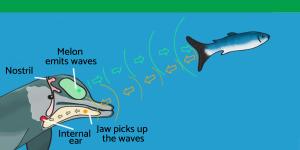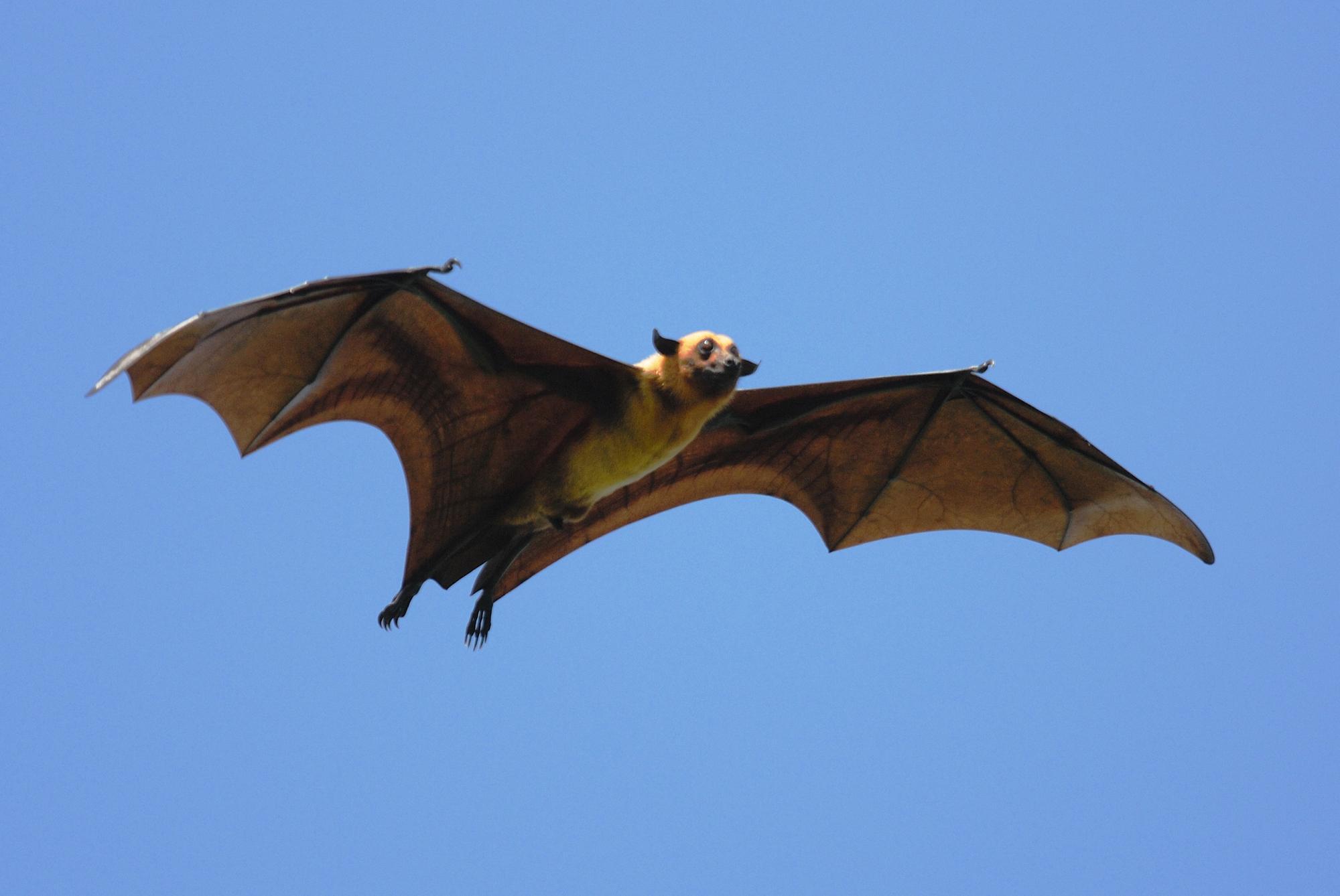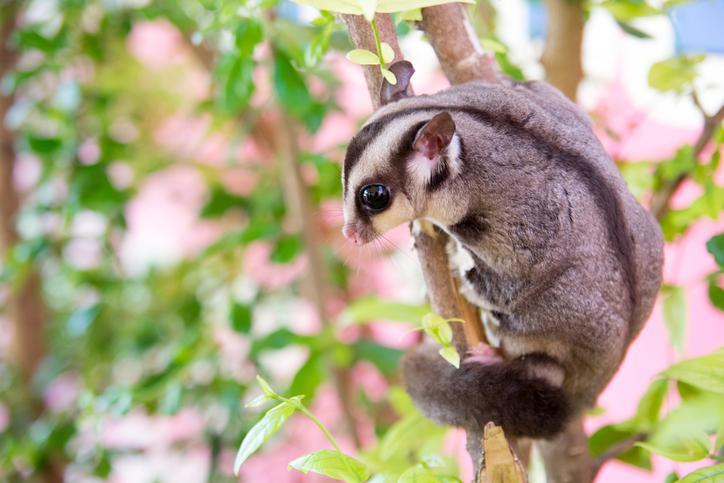What Is a Flying Mammal? - Types and Examples


Did you know that some mammals can fly? Unlike most mammals, which live on land, these flying mammals have unique body parts that help them move through the air. Bats are the most well-known flying mammals, but there are other kinds, like flying squirrels and colugos. Furthermore, these flying mammals use different ways to move through the air. Bats use their wings to flap and fly, while flying squirrels and colugos glide through the air using flaps of skin.
In this article from thedailyECO, we'll delve into the definition of flying mammals, explore their various types, examine their modes of flight, and trace their evolutionary history.
What are flying mammals?
Flying mammals are a unique group of mammals that have evolved the ability to fly or glide. Unlike most mammals, which are terrestrial, these creatures have specialized anatomical features that allow them to move through the air. Bats are the most well-known examples of flying mammals, but there are other species, such as flying squirrels and colugos.
Taxonomic classification of flying mammals
The way we categorize mammals is based on how they adapt to their environment, including how they move and where they live. Mammals are broadly divided into three groups: those that live on land (terrestrial), those that live in the sea (marine), and those that live in the air and trees (flying).
Flying mammals are a unique group that can fly or glide in the air. This group mainly includes bats (Chiroptera) and flying lemurs (Dermoptera). There are also some members of the rodent group, like flying squirrels, that can glide.
Now, let's break down the scientific classification of flying mammals:
- Kingdom: Animalia
- Phylum: Chordata
- Class: Mammalia
Within mammals, there are specific orders (groups of related animals):
- Chiroptera (Bats): These are mammals that can truly fly.
- Dermoptera (Flying Lemurs): These mammals can glide through the air.
- Rodentia (Rodents): Some, like flying squirrels, have adapted to glide, adding variety to the group.
In the rodent order, there are families like Sciuridae (Squirrels) and Anomaluridae (Scaly-tailed flying squirrels) that include gliding members. Another order, Diprotodontia, has the family Petauridae, which consists of gliding possums.
Are bats the only flying mammals?
Technically, bats are the only mammals capable of true flight. This means they can flap their wings to generate lift and propel themselves through the air. They have long, slender fingers and forearms that are connected by a thin membrane called a patagium. This membrane allows bats to fly with great agility and maneuverability.

Types of flying mammal animals
Bats (Order Chiroptera)
Bats are the only mammals that can truly fly. They have long, slender wings formed by a thin membrane stretched over elongated fingers and forearms. Their wings are very flexible, allowing them to perform intricate maneuvers in flight.
Bats also have a unique ability called echolocation, which allows them to navigate in the dark by emitting ultrasonic sounds and listening for the echoes that bounce off objects.
Flying Squirrels (Family Pteromyidae)
Flying squirrels are rodents that have a flap of skin, called a patagium, stretched between their forelegs and hind legs. This membrane allows them to glide through the air for long distances, sometimes up to 150 feet (ca. 46 m). Flying squirrels do not have the same level of control over their flight as bats, but they are able to maneuver somewhat by adjusting the angle of their bodies. There are over 40 species of flying squirrel. They are found in North America, Europe, and Asia.
Colugo (Genus Cynocephalus)
Colugo is a nocturnal mammal that lives in Southeast Asia. It has a patagium similar to that of a flying squirrel, but it is even larger and more extensive. This allows the colugo to glide for even longer distances, sometimes up to 400 feet (0.12 km). Colugo are also very maneuverable gliders, able to make sharp turns and even land upside down.
Sugar Gliders (Petaurus breviceps)
Sugar gliders are small, nocturnal marsupials known for their ability to glide through the air. They belong to the Petauridae family and are native to Australia, New Guinea, and Indonesia. Sugar gliders also have a patagium, a membrane of skin that extends from their wrists to their ankles, allowing them to glide between trees in search of food and shelter.
Like flying squirrels, sugar gliders lack powered flight, but can cover significant distances during their glides. They are agile in the air and can control their direction by adjusting the position of their limbs and tail.
These are just a few examples of the many different species of flying mammals that exist. All of these creatures have evolved unique adaptations that allow them to take advantage of the aerial environment.
Why some mammals can fly?
Despite their various shapes and adaptations, all flying mammals share a common family tree with land-dwelling mammals.
Evidence from molecules and fossils suggests that about 160 million years ago, bats and other gliding mammals branched off from their land-based relatives. This shared family history suggests that the genetic foundations for flight were already present in their common ancestor.
The evolution of flight in mammals has been a slow and steady process, marked by step-by-step adjustments. One key adaptation is the development of a patagium, a thin stretch of skin between limbs that acts like a wing, providing lift and enabling controlled gliding.
For flying mammals, the common pressure driving flight evolution is the need to explore aerial resources and evade predators on land. By taking to the air, these mammals have opened new opportunities for foraging and improved their chances of survival.
Flight has independently evolved in various mammalian groups, showcasing convergent evolution. This happens when unrelated species develop similar traits due to shared environmental challenges.
Dive deeper into the fascinating world of evolution! Explore our piece on how species evolve differently in our article on divergent evolution.
Why is the ability to fly so rare in mammals?
Flying is quite rare among mammals, and bats are the main exception. Their ability to fly is linked to their unique biological and evolutionary characteristics.
When it comes to flying, it's energetically demanding, especially for mammals with higher metabolic rates. Larger mammals face an additional challenge because their body weight increases faster than their wing surface area, making it tough to stay airborne.
To fly, mammals need certain body modifications, like wings and feathers. But these modifications can create conflicts with other essential functions, like walking on land or controlling body temperature. Lightweight bones and muscles needed for flight might not be strong enough for other activities.
Evolutionary trade-offs further complicate the path to flying for mammals. The energy demands of flying might force changes in body size or reproductive strategies, affecting a species' survival and fitness.
Finally, it is worth noting that in the aerial competition, birds have a strong presence due to their long evolutionary history and specialized adaptations. This limits the opportunities for mammals to take to the skies. Bats have found their way by specializing in nocturnal flight, reducing direct competition with birds.
Uncover the secrets of how living organisms adapt to their surroundings. Explore our in-depth article on biological adaptation if you found the world of flying mammals intriguing.

If you want to read similar articles to What Is a Flying Mammal? - Types and Examples, we recommend you visit our Facts about animals category.







